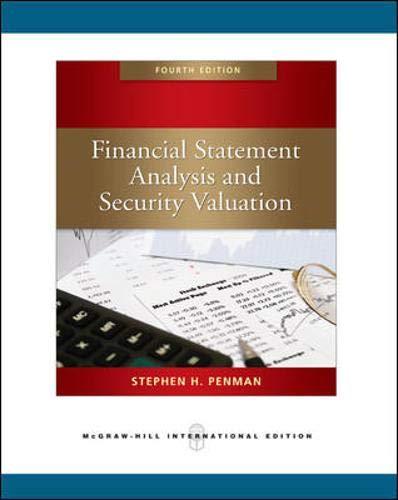This is the final installment in a series of cases on Procter & Gamble Co. that began
Question:
This is the final installment in a series of cases on Procter & Gamble Co. that began in Minicase 9.1 with the reformulation of financial statements and continued with a financial statement analysis in Minicases 11.1 and 12.1. Minicase 14.1 carried out a valuation of the firm, using only information from financial statement analysis. This final installment applies full pro forma analysis to forecasting and valuation. In July 2008, just after 2008 fiscal-year end, the 3,033 million outstanding shares of P&G were trading at $64. Analysts were forecasting $4.28 in earnings per share for fiscal year 2009, giving it a forward P/E of 15. But the consensus forecast for 2010 was only $4.21, indicating negative EPS growth. Analysts' PEG ratio, based on an estimate of five years of earnings growth, was 1.46. A. Initializing on the reformulated statements for 2008, develop a pro forma that would justify the market price but which recognizes that profit margins and asset turnovers that P&G has reported in the past. How much would the future have to be different from the past to justify the current market price? To start, use a required equity return of 8.5 percent but convert it to an unlevered required return (for operations). You may wish to employ a spreadsheet like that in the BYOAP on the book's Web site. B. Develop a sensitivity analysis that shows how the value per share might change with different forecasts that you consider to be reasonable. Real World Connection See Minicases M9.1, M11.1, M12.1, and M14.1 on Procter & Gamble.
Step by Step Answer:

Financial Statement Analysis And Security Valuation
ISBN: 9780071267809
4th International Edition
Authors: Penman-Stephen-H, Steven Penman





